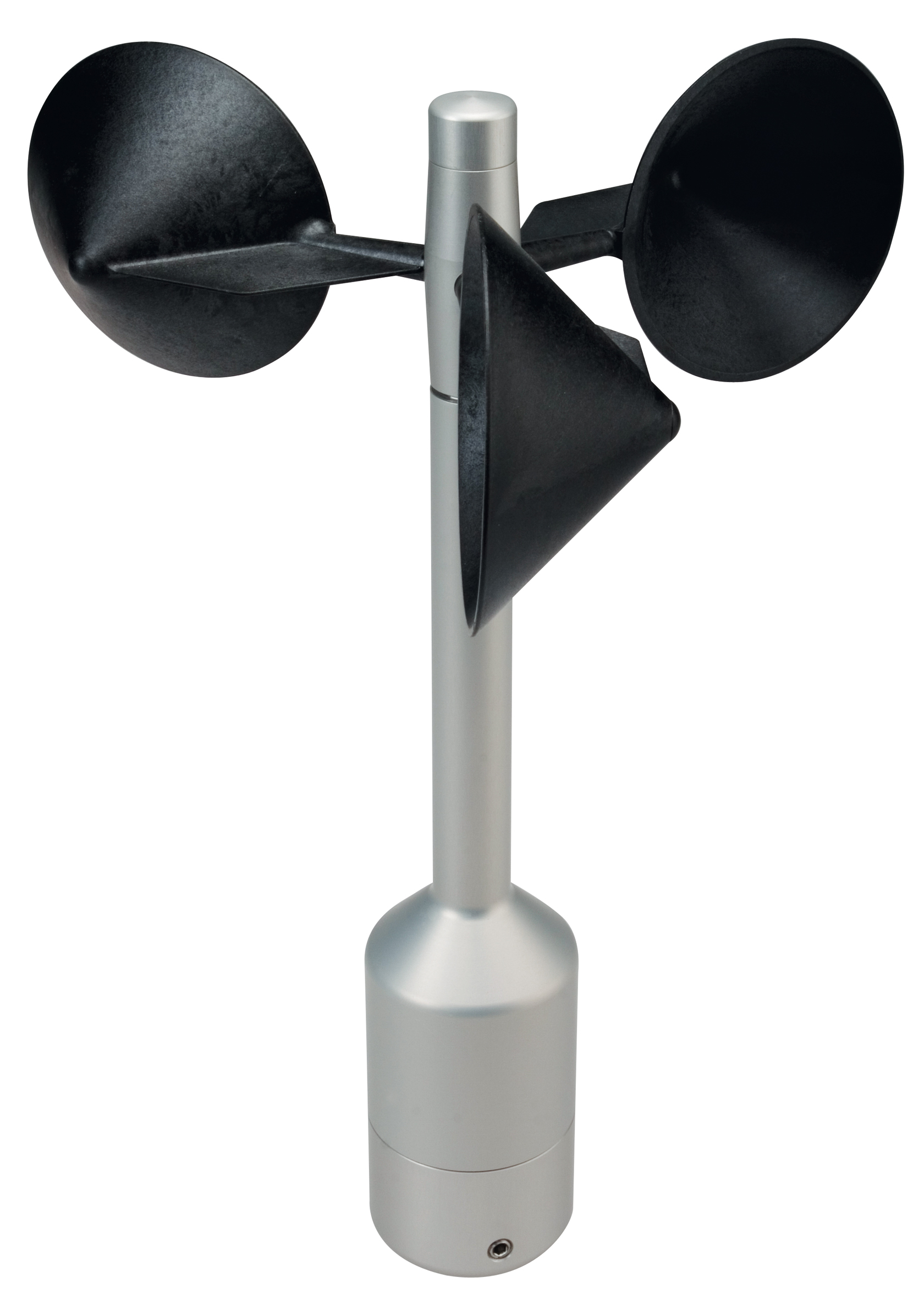Choosing the Right Anemometer: A Comprehensive Buying Guide
Choosing the Right Anemometer: A Comprehensive Buying Guide
Blog Article
All You Need to Find Out About Anemometers: Just How They Function, Why They Matter, and Where to Use Them
Anemometers, though typically neglected in the world of clinical tools, play a critical role in different areas, supplying important insights right into wind speed and airflow patterns. As we dig right into the details of anemometer innovation, we will certainly uncover the inner workings of these gadgets, their importance, and the crucial factors to consider when selecting the best anemometer for certain applications.

Anemometer Fundamentals
An important tool utilized to measure wind rate and direction, the anemometer plays a crucial duty in meteorology and numerous markets. An anemometer usually consists of three or four cups that revolve in the wind, a vane that directs right into the wind, and sensors to track the turnings or motions.
There are numerous kinds of anemometers available, consisting of cup anemometers, vane anemometers, hot-wire anemometers, and sonic anemometers, each with its distinct features and applications. Cup anemometers are typically utilized for fundamental wind speed dimensions, while vane anemometers are favored for directional measurements. Hot-wire anemometers are ideal for low airspeeds, and sonic anemometers are excellent for high-precision measurements in study and industrial setups. Recognizing the fundamentals of anemometers is crucial for precise wind information collection and evaluation across different industries.
Principles of Anemometer Procedure
Structure on the fundamental understanding of anemometer fundamentals, the principles of anemometer procedure clarify the technicians behind wind rate and direction measurements. Cup anemometers, for instance, have 3 or more cups that catch the wind, causing them to rotate quicker as the wind rate boosts. Hot-wire anemometers rely on a heated cord that cools down as wind passes over it, with the rate of cooling down determining the wind rate.
Significance of Anemometers
Anemometers play a critical role in gauging wind speed and instructions, providing essential information for weather condition projecting, climate research studies, ecological monitoring, and aviation procedures. Meteorologists count on anemometers to gather precise wind data, assisting them comprehend weather patterns, forecast tornados, and problem prompt cautions to the public. Wind ranch operators utilize anemometers to analyze wind problems and make the most of power manufacturing from wind turbines.
Applications Throughout Numerous Industries
Applications of anemometers cover across varied markets, showcasing their adaptability and utility past meteorology. In the renewable Clicking Here resource sector, anemometers play a vital duty in evaluating wind conditions for wind ranch positionings, guaranteeing optimum energy manufacturing. Industries like construction and mining utilize anemometers to keep track of wind rates, critical for security protocols, particularly when working at heights or in open-pit mines where solid winds can pose threats. Anemometers are also important in the aviation market, assisting pilots in recognizing airspeed and wind direction for secure take-offs and touchdowns. The maritime market gain from anemometers for ship navigating, aiding sailors expect climate changes and change courses appropriately. In agriculture, anemometers help farmers in taking care of plant spraying by supplying real-time data on wind speed to prevent drift. Anemometers locate applications in HVAC systems to enhance airflow and enhance energy efficiency in buildings. The varied usage cases of anemometers highlight their importance across various industries, highlighting their indispensable role in enhancing functional safety and efficiency (anemometer).

Choosing the Right Anemometer for Your Requirements
Picking the suitable anemometer customized to your details requirements is necessary for obtaining accurate wind speed and instructions measurements. When selecting an anemometer, think about variables such as the desired application, required dimension array, ecological problems, and desired features. For basic objectives, a mug anemometer is suitable for determining wind rate, while a vane anemometer supplies wind instructions information. Hot-wire anemometers are optimal for low airspeed dimensions, and ultrasonic anemometers supply high accuracy and resilience.

Final Thought
Finally, anemometers play a crucial duty in determining wind speed and instructions across various sectors. Comprehending the principles of anemometer procedure is necessary for choosing the best tool for details requirements. From meteorology to aviation, anemometers are essential devices for accumulating exact information and guaranteeing safety in various applications. It is very important to think about the importance of anemometers in order to make educated decisions when picking the most ideal gadget for measuring wind conditions.
There are numerous kinds of anemometers available, including mug anemometers, vane anemometers, hot-wire anemometers, and sonic anemometers, each you can check here with its unique functions and applications. Cup anemometers are generally used for basic wind speed dimensions, while vane anemometers are preferred for directional measurements. Hot-wire anemometers are suitable for low airspeeds, and sonic anemometers are excellent for high-precision measurements in research and industrial settings.Building on the foundational understanding of anemometer basics, the principles of anemometer procedure elucidate the auto mechanics behind wind speed and direction measurements. For general functions, a cup anemometer is appropriate for determining wind speed, while a vane anemometer offers wind direction data.
Report this page